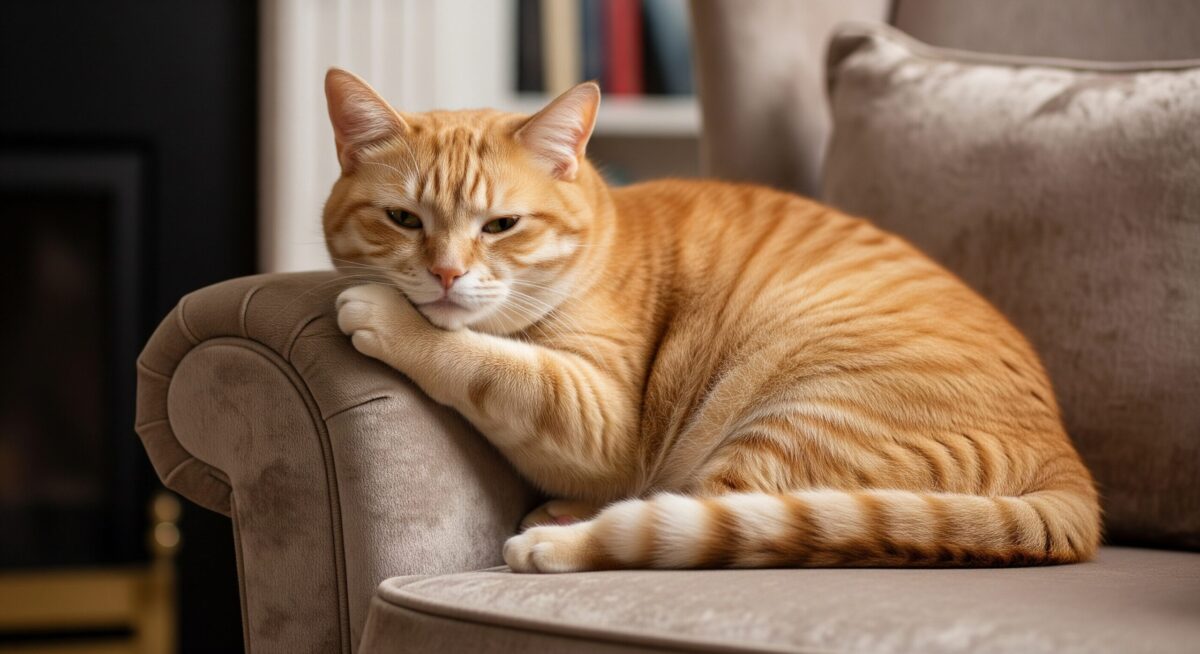Obesity is a prevalent nutritional disease in cats and has significant implications for their overall health and well-being. A recent study investigated the differences in systolic blood pressure (SBP) and circulating concentrations of glucose, fructosamine, and serum amyloid-A (SAA) in cats with varying body condition scores (BCS). Understanding these differences can help veterinarians recognize the potential comorbidities associated with feline obesity, and develop appropriate interventions.
Study Grouped Cats According to Weight
The study involved categorizing the cats into three groups based on their body condition scores ideal-weight (BCS 5), overweight (BCS 6), and obese (BCS ? 7). The researchers evaluated SBP in each group, as well as circulating concentrations of glucose, fructosamine, and SAA.
Significant Variations in SBP and Glucose Levels
The study revealed notable differences in SBP and glucose levels among the three groups of cats. The ideal-weight cats had an average SBP of 140.0 mmHg, while the overweight and obese cats had significantly higher SBP, with values of 160.0 mmHg in both groups. This suggests overweight and obese cats are more prone to hypertension, which can have detrimental effects on their cardiovascular health.
Findings also revealed that obese cats had significantly higher blood glucose concentrations compared to ideal-weight cats. The average blood glucose levels in the obese cats were 133.0 mg/dL, while the ideal-weight cats had levels of 104.0 mg/dL. This elevation of glucose levels in obese cats indicates a higher risk of developing diabetes mellitus and associated complications.
Serum Amyloid-A and Inflammation
Surprisingly, the study did not detect systemic inflammation, as measured by SAA, in either the obese or overweight cats when compared to ideal-weight cats. This finding suggests that inflammation may not be a significant factor contributing to obesity-related comorbidities in felines. However, further research is needed to more comprehensively explore the relationship between obesity and inflammation in cats.
Recognizing the impact of BCS on feline health
The study’s results highlight the importance of recognizing the impact of body condition score on feline health. Obese cats exhibited significantly higher SBP and blood glucose concentrations compared to their ideal-weight counterparts, indicating an increased risk of comorbidities and reduced life expectancy. These findings underscore the need for proactive weight management strategies, including appropriate nutrition and exercise, to prevent and manage obesity in cats.
As veterinarians, it is crucial to address feline obesity early on and educate cat owners about the potential health risks associated with excess weight. Regular monitoring of SBP and blood glucose levels can aid in assessing an obese cat’s overall health and guiding treatment plans. While systemic inflammation, as measured by SAA, was not detected in this study, the complex relationship between obesity and inflammation in cats requires further investigation.
In conclusion, maintaining an ideal body weight in cats is essential for their overall health and longevity. The study emphasizes the link between obesity and increased SBP and glucose levels in felines. By recognizing these associations, veterinarians can play a vital role in preventing obesity-related comorbidities and improving the quality of life for their feline patients. Early intervention and tailored weight management plans are key to promoting optimal health in cats of all ages and sizes.







